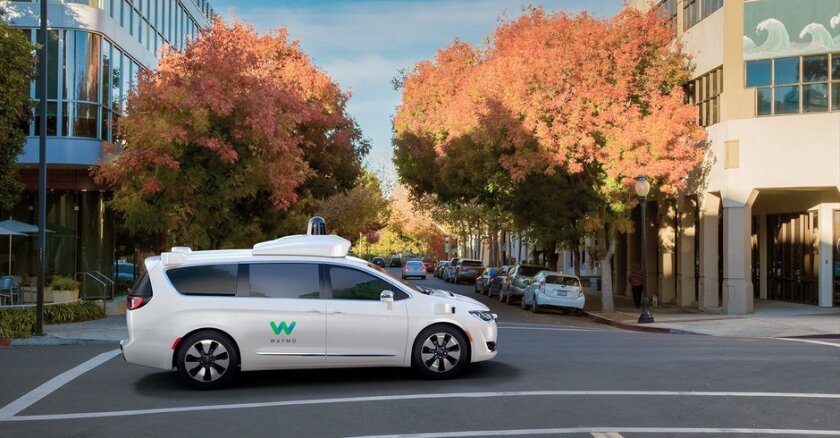One of the driverless taxi fleet's findings? San Francisco drivers speed 33% of the time they're traversing through the city.
That's according to a Waymo study taken over a 10-day period in early May, in which the Alphabet-backed company sought to quantify the extent of speeding.
The company released the study two days before California regulators were set to vote on whether to allow Waymo and Cruise to charge for rides in the city without restrictions.
Genevieve Shiroma, commissioner of the state's Public Utilities Commission, on Monday pushed back the critical vote to Aug. 10 amid mounting pressure from San Francisco officials. The city's transportation and public safety leaders remain critical of driverless vehicles' expansion because they say the vehicles sometimes interfere with public transit, traffic flow and emergency response efforts.
However, the findings from the Waymo study aim to counter some of those safety concerns by contrasting the behavior of driverless taxis and cars with humans behind the wheel.
Waymo's study is based on aggregated, anonymized speed data from hundreds of thousands of vehicles gathered by its driverless cars. The driverless cars use that function to predict and react to the behaviors of human drivers, according to the company.
Waymo's driverless cars observed human-driven cars speeding one-third of the time on city streets with 25 and 30 mph speed limits, according to the study. In Phoenix — another Waymo test market with more wider arterials than San Francisco — the driverless cars captured human drivers speeding up to 47% of the time.
"What we were surprised by in our study was the extent of the speeding," said Trent Victor, Waymo's director of safety research and best practices.
According to the study, San Francisco drivers sped 5 mph over the limit on streets with 25 mph speed limits 7% of the time and 9% of the time on streets with 30 mph speed limits.
Though motorists drove 10 miles above the speed limit on 25 mph streets just 1% of the time, the company's driverless taxis captured human drivers traveling as fast as 60 mph on those streets.
Speed is the main factor behind fatal crashes and severe injuries, according to experts, and speeding has contributed to several deaths and injuries on San Francisco streets. The severity of the issue prompted a pledge from city officials last decade to end traffic deaths on its streets by 2024, a goal that's become improbable to reach.
In recent years, San Francisco has reduced speed limits on dozens of streets in its business districts and city officials have lobbied the state to allow them to try speed cameras in a pilot program. State lawmakers are weighing that proposal which, if it becomes law, would give the city a powerful tool to force widespread changes in human drivers' speeding behaviors, street safety advocates say.
Those enforcement tools aren't necessary for Waymo's driverless taxis because they are already designed to adhere to posted speed limits, Victor said. "We are the good neighbor that doesn't speed by your house."
Still, one of the main gripes city leaders have about driverless taxis is their tendency to stall when they encounter unfamiliar situations. Those unplanned stops, city officials say, stall traffic and transit and impede first-response efforts.
Victor said the company takes those concerns "very seriously," adding, "we are continuously striving to improve."
"If (driverless Waymo vehicles) find situations of uncertainty, we always prioritize the safest driving decision or path that we can take, and sometimes that means stopping where you are."
© 2023 the San Francisco Chronicle. Distributed by Tribune Content Agency, LLC.








